Next Meeting in Münster
Plant Mitochondria in New Light
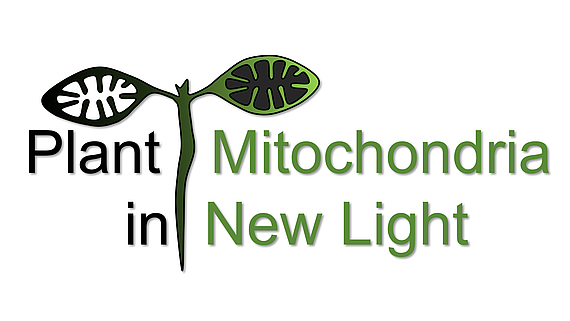
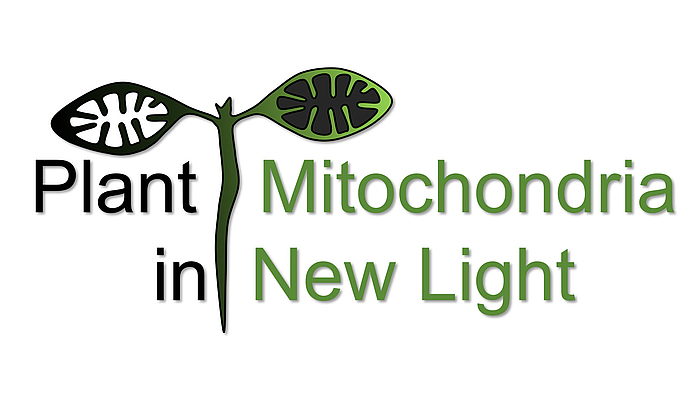
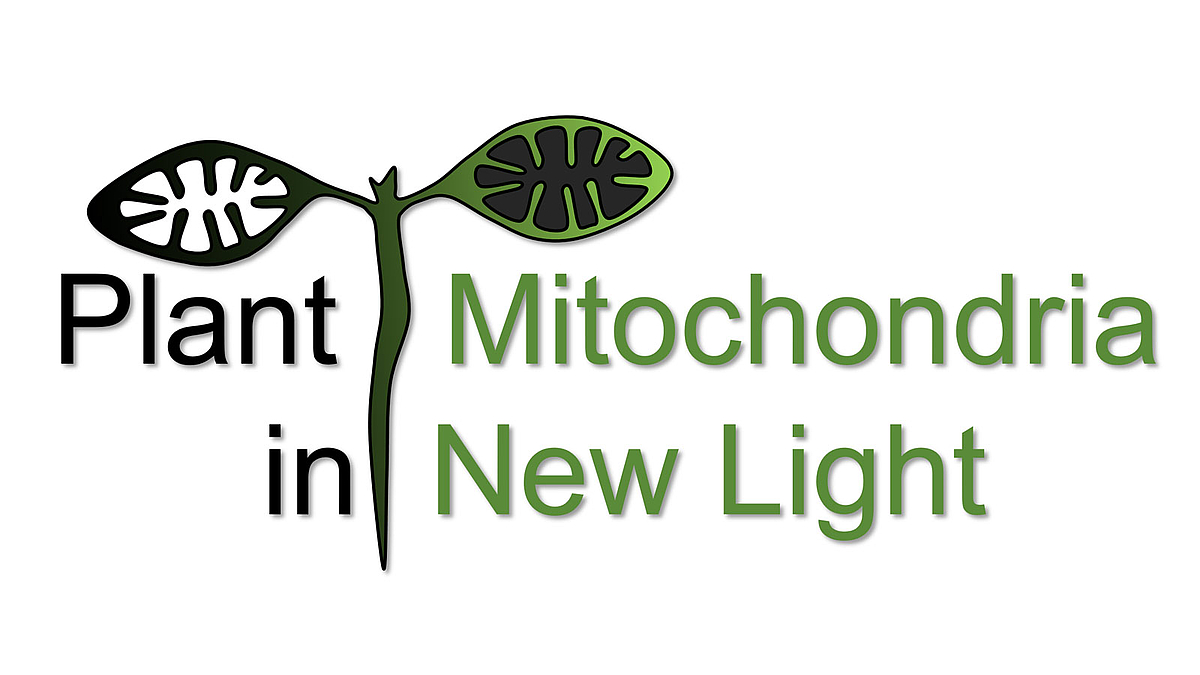
Mitochondria are common to all complex life. They host respiration as the source of the large amounts of ATP that are necessary to fuel energy-demanding cellular processes allowing movement, growth, and development.
In plants, however, this situation changes with sunrise. Then photosynthesis takes over from respiration as the dominating bioenergetic process, and the physiological environment in which the mitochondria operate undergoes a profound transition.
Photosynthesis drastically alters the cellular metabolite and cofactor pools and increases local oxygen levels. The mitochondrial machinery must then not only sustain an altered cellular status, but support efficient photosynthesis, which requires active re-dedication of mitochondrial function. This implies strict coordination of the mitochondria with the chloroplasts, including a periodic operational transition between light and dark that is unique to plants.
We address the question how the rapid acclimation of mitochondrial functions during dark-to-light transitions is choreographed in green plant tissues by analysing the dynamics of protein:protein interactions at dawn. Association of enzymes to protein complexes forms micro-compartments in which diffusion distances are reduced, enabling an acceleration of overall pathway reactions. It also limits losses of intermediates by branching or competing reactions and, as such, increases overall metabolic efficiency. For mammalian and yeast mitochondria protein:protein interactions of matrix enzymes with potential implications for regulation have already been shown. Similar interactions in plants were detected in a previous study. To assess to which extent dynamic protein:protein interactions have impacts on the adjustment of plant mitochondrial metabolism at dawn, we apply a combination of biochemical and genetic approaches which enable a broad, yet in parts detailed view on this topic. Physiological assays are used to gain insight into the metabolic state of mitochondria before and after dawn and enable direct correlation of changes in protein:protein interaction patterns with alterations of the physiological status of the mitochondria.
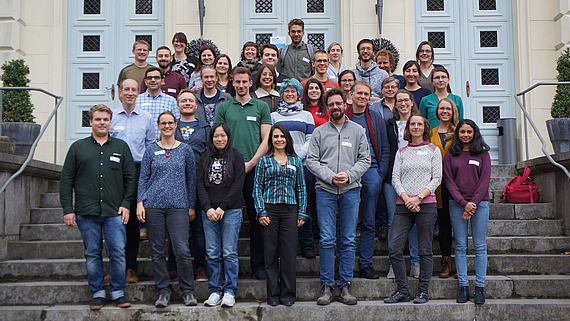
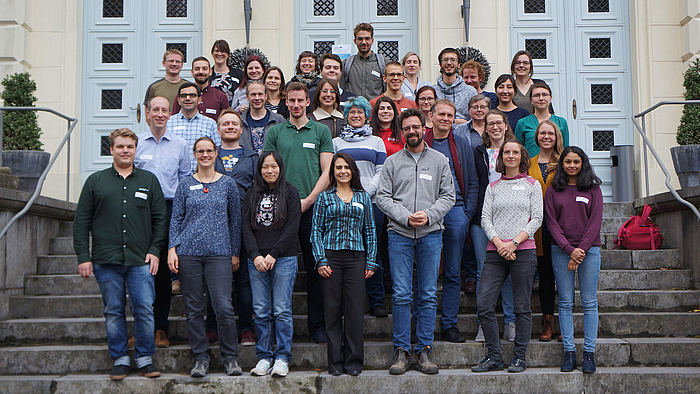
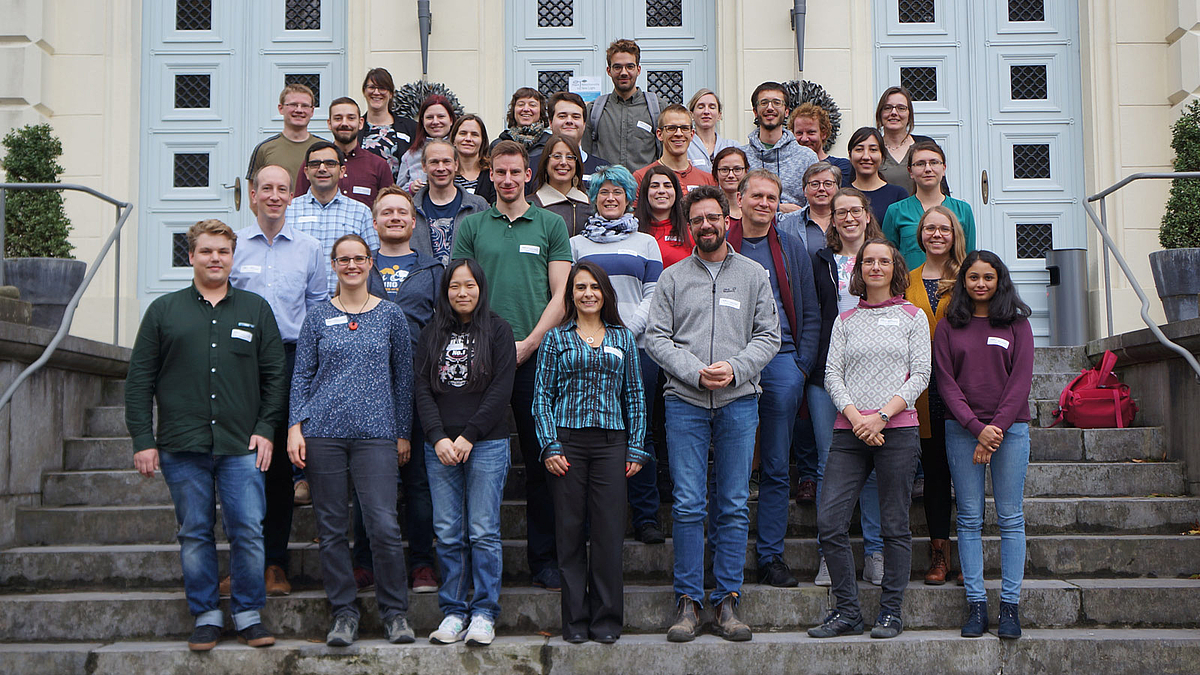 ©
Fathia Atanjaoui /hhu
©
Fathia Atanjaoui /hhu
Contact (Leibniz Universität Hannover)


30419 Hannover




